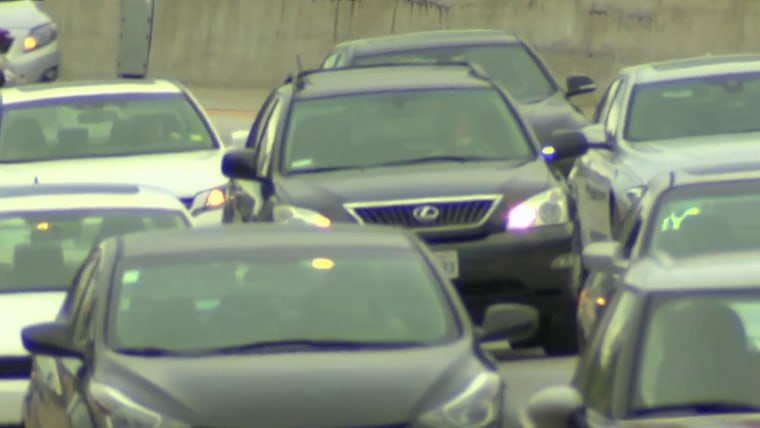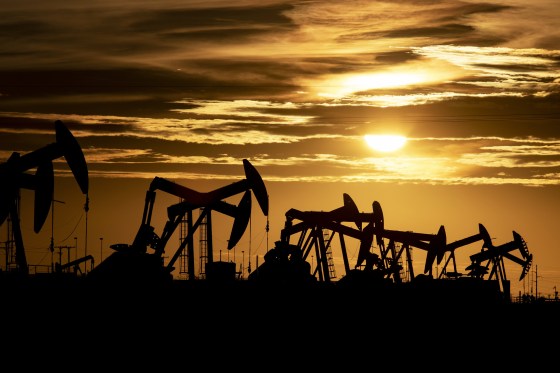An Arctic blast from Texas to Maine is driving up gas and home heating prices — and experts say they’re likely to keep rising for the next several months.
A deadly winter storm has pummeled the heartland, leaving millions without power as record-low temperatures brought a surge in demand that electric grids could not keep up with. In Minnesota, thermometers dipped to minus 38, the National Weather Service said.
The national average gas price jumped to $2.53 a gallon for regular unleaded Tuesday, up nearly 15 cents from last month’s average, according to fuel price tracking website GasBuddy.

Natural gas and propane prices have skyrocketed by as much as 200 percent for utilities as supplies tightened, a spike that may eventually work its way to customers in the form of higher home heating prices.
Abnormal, below-freezing temperatures forced the shuttering of a number of key refineries in Texas, the biggest crude-producing state in the U.S., cutting off supply — just as demand slashed by the coronavirus pandemic started to recover for driving and flying following vaccine rollouts.
The production and supply disruptions are “like a hurricane,” oil analyst Andy Lipow told NBC News by phone.
“The cold weather resulted in a loss of crude oil production of about 1 million barrels, and also lost about 50 percent of natural gas production due to freezing temps,” Lipow said.
Drivers had better get used to calculating a new gas budget though, because even after the weather warms up and production resumes, the higher prices are likely here to stay, Lipow said.
“Think of it as a new threshold of prices rising,” Lipow said. "Once people get vaccinated, they’re going to take to the roads and planes.”
President Joe Biden's $1.9 trillion stimulus package, if passed, is also expected to generate fresh demand, Lipow said.
Prices could start to go up even more before the weekend, experts said.
“The surge may start later this week and last 7 to 12 days before it is "priced" in to what motorists are paying,” Patrick De Haan, head of petroleum analysis for GasBuddy, said in an email. “The extreme cold may boost prices 7 to 15 cents per gallon.”
National average gas prices had been steadily rising from their April lockdown lows of $1.74 per gallon, ticking between $2.10 and $2.20 from the summer to winter. Since December, they’ve been rising steadily upward following cuts by oil producing group OPEC+ in anticipation of weaker spring demand.
“The biggest factor driving gas prices is crude oil prices. They’ve been increasing for weeks and despite low demand, pump prices are rising,” said Jeanette Casselano McGee, a spokesperson for AAA, the automotive services group.
"The market is very optimistic about vaccinations and what that could mean for the return of travel, which translates to higher crude,” which accounts for more than 50 percent of pump price, McGee said.
Benchmark crude oil prices for WTI closed just above $60 on Monday day, the highest since January 2020.
Total domestic crude inventories fell by 6.6 million barrels of oil to 469 million, according to the latest Energy Information Administration report, while refinery usage increased slightly.
Over 40 states are already seeing gas prices higher than last year, with half seeing double-digit increases.
“Crude, not demand, has been the main factor driving gas price increases this year,” McGee said.
Supplies should improve in the spring after OPEC+ producers indicated they’re likely to increase supply following the price recovery, Lipow said — though producers are still keeping a close eye on the pandemic.

